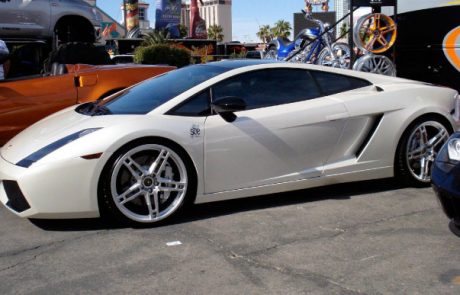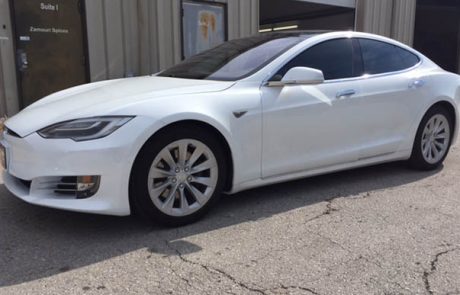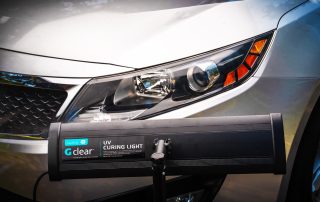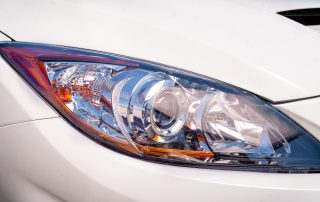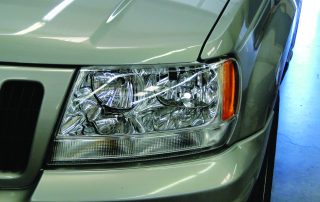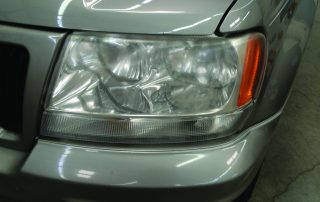Headlight and Taillight Tinting
Headlights
- Tinting your headlight will protect the car lights from damages, scratches, chips, or road debris.
- Tinting your headlight will reduces the possibility of lights yellowing, becoming filthy, and dull because of grime and UV rays.
- Most headlight or taillight tints have superior UV and temperature resistance.
- Suntek’s clear paint protection film (PPF) will protect certain plastics on your car such as headlights from yellowing and become cloudy.
Taillights:
Tinting your taillights will enhance the appearance of your auto, giving it a “WOW” effect that auto enthusiasts love, while improving its functionality.
Smoked taillights is the name given when taillights are tinted. There are several tint options from light to dark that you can chose from to achieve your desired objective / appearance.
Tinted tail lights decrease the brake light output, causing somewhat of a black-cherry tone that looks great with darker hues. Altering the hue or opaqueness of your taillights can give your vehicle a distinctive appearance.
ARE TINTED TAIL LIGHTS LEGAL?
- Show cars look incredible because they are not legally permitted to drive on open streets and so, can be altered in extreme ways, such as with a dark tint on the taillights.
- While there are no federal limitations on tinted taillights, each vehicle is subject to the state laws, which differ and may determine the required quantity of light output or light transmission, needed from your hued taillight.
- There are many grey areas in the USA, so verify your state’s vehicle code to confirm you have the legal capacity to tint your taillights. A fast online search for your jurisdiction plus the words “vehicle code” can yield the legitimate information you need to decide whether your tinted taillights are legal.
- All states mandate that vehicle tail lights be visible from a specified distance away, particularly at night. This holds true for both tinted and non-tinted taillights
- Taillights that have been completely blacked out are unlawful in all 50 states. Your tinted taillights are considered prohibited if their appearance results in not being able to see anything through them, including your turn signal when it’s switched on. This is for your protection and other drivers around you. Other drivers must be able to see when you are slowing, coming to a halt, or preparing to turn.
- You might be pulled over if your taillights are obstructed by dust or snow, making them hard to see. A law enforcement officer has a legitimate reason to stop you even if you have one taillight that isn’t visible, such as faulty light bulbs.


